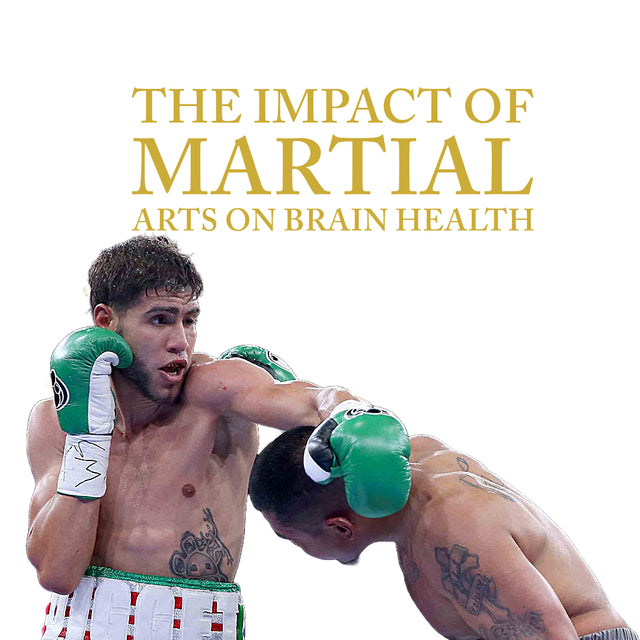
The Hidden Toll of CTE in Combat Sports
Combat sports, celebrated for their intense clashes and thrilling knockouts, have long held a spell over audiences. Yet, beneath the exhilarating highs lies a grave concern seldom discussed: Chronic Traumatic Encephalopathy (CTE), a brain condition that evolves from repeated blows to the head. Tragic events, including the untimely deaths of MMA fighter Joel Cavallo and boxer Patrick Day, have cast a harsh spotlight on the dire consequences of continuous brain trauma in these sports.
Decoding CTE: A Scientific Explanation
CTE is the result of chronic head injuries that trigger the buildup of an abnormal protein known as tau in the brain. This buildup impairs brain functions, manifesting as memory loss, poor judgment, aggression, depression, and progressive dementia. Originally identified in boxers during the 1920s as "punch drunk" syndrome, our understanding of CTE has grown. It's now known that not just concussions, but also numerous smaller, cumulative hits contribute to the development of this debilitating condition.
Boxing Through the Ages
In the early 1900s, boxing matches were notably brutal, with fighters like Battling Nelson showcasing remarkable endurance under punishing conditions. Despite today's advanced medical knowledge and heightened risk awareness, the core risks of boxing have remained largely unchanged. This continuity highlights the strong cultural and economic forces that keep fighters tethered to their sport, often at great personal cost.
The Unique Landscape of MMA
Mixed Martial Arts (MMA) faces distinct challenges. Lacking the centralized governance of older sports, MMA suffers from uneven regulations and safety protocols, varying widely between different organizations and nations. The pressure on fighters to perform and push through injuries, coupled with uneven medical oversight, significantly heightens the risk of developing CTE.
Media Influence and Cultural Perception
The media plays a critical role in shaping public perception of combat sports. It often glorifies the bravery and toughness of fighters, overshadowing the serious health risks involved. This skewed portrayal helps sustain a cultural norm that prioritizes resilience over safety, perpetuating a cycle of injury and underreporting that surrounds CTE.
The Human Story Behind the Statistics
The impact of CTE transcends data, profoundly affecting the lives of individuals. Fighters like Gary Goodridge, who battles dementia due to his career, personalize the devastating effects of the disease. These stories highlight the severe human costs of the sport—lost memories, changed personalities, and reduced quality of life. Despite these risks, many athletes remain in the ring, driven by passion and financial need.
Reflections on a Pressing Issue
The challenge of addressing CTE in combat sports is intricate, weaving together science, culture, economy, and personal choices. While progress has been made in raising awareness and improving safety measures, more concerted efforts are needed from the sports community, media, and fans. A united front is essential to truly prioritize the health and safety of fighters, ensuring that the excitement of the sport does not continue to come at the expense of the athletes' well-being.
